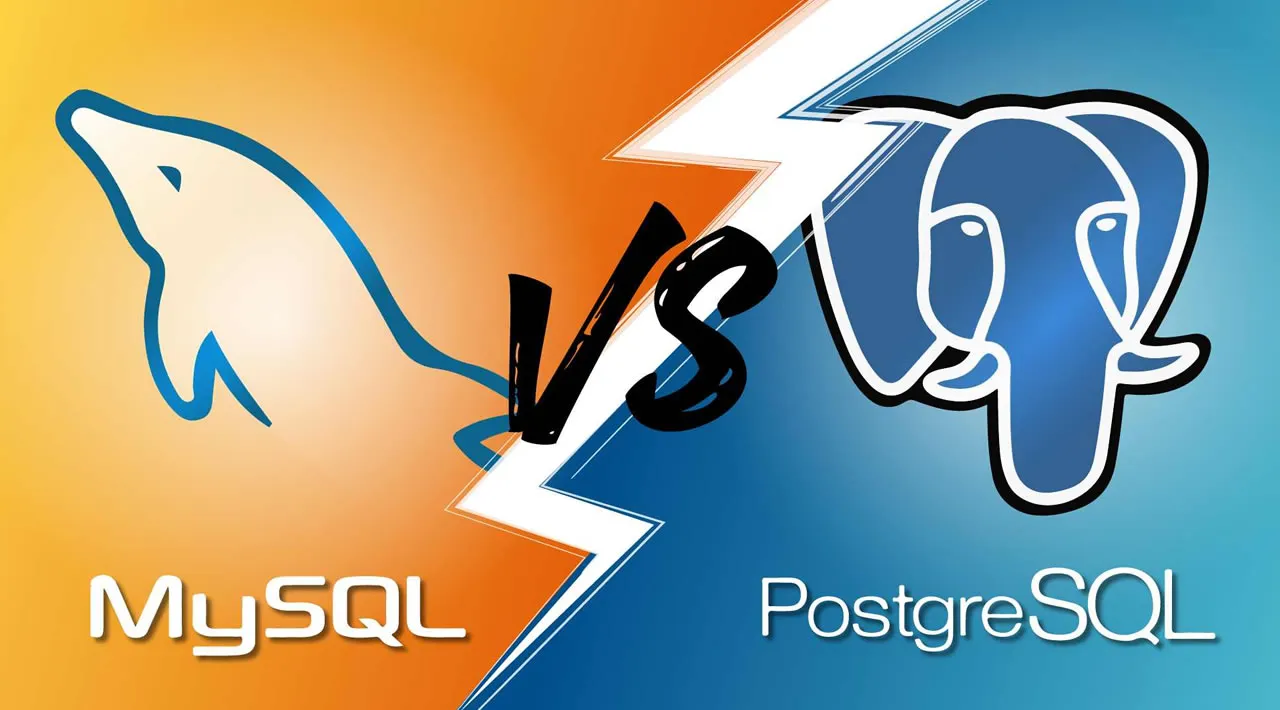What workload analysis and running queries can teach us about the performance differences in JSON, indexing, and concurrency.
In the Arctype Community, we answer a lot of questions about database performance, especially between Postgres and MySQL. Performance is a vital yet complex task when managing a database. It can be affected by the configuration, the hardware, or even the design of the system. Interestingly, both PostgreSQL and MySQL are configured with compatibility and stability but depend on our database design’s hardware infrastructure.
Not all relational database management systems (RDBMS) are created equal. Although PostgreSQL (or Postgres) and MySQL share some similarities, they also have unique qualities that make one a better choice over the other in specific situations. We discussed a lot of these differences in a previous post. Still, in terms of performance, they have a lot of differences.
In this article, we would discuss workload analysis and the running queries. We shall then further explain some basic configurations to improve our MySQL and PostgreSQL databases’ performance. After that, we would outline some key differences between MySQL and PostgreSQL.
Table of Contents
- How to Measure Performance
- Query performance for JSON
- Indexing overhead
- Database replication and clusters
- Concurrency
- Conclusion
#database #mysql #postgres #web-performance
